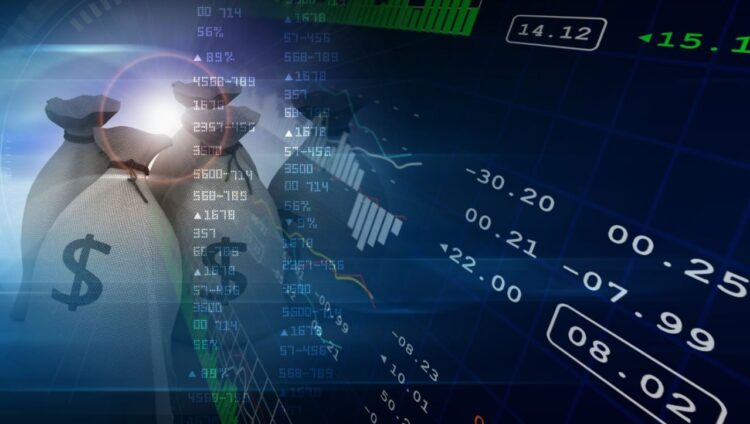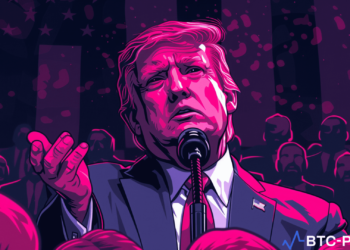On the 12th of January 2023, Imran Lakha, a crypto options trader, went on Twitter to share his thoughts on inflation, calling it old news.
Market reaction pretty muted so far. Just kinda confirming what we already expected. Seems the volatility in markets will be higher on jobs data prints and FOMC meetings going forward. Inflation is old news, at least for now. That’s until commodities have ripped in Q1!
— Imran Lakha | Options Insight (@options_insight) January 12, 2023
In response to a Twitter thread by Alf, the founder, and CEO of Macro Compass, a tool that provides macro insight and portfolio strategies, Imran Lakha believes that market volatility appears to be increased due to job data prints and FOMC meetings.
In his opinion, it’s still early in the year, and market reactions are quite subdued, so the focus should be on March 2023, the end of the year’s first quarter. Thus the CPI report shared is simply validating what the industry already suspected,
The Consumer Price Index (CPI) report released for 2023 indicates that inflation would come down and keep declining through the middle of the year. Alf’s message was basically, “inflation is coming down,” so investors should long the defenders like Cash and DXY and short everything else, including tokens and bonds.
Inflation is usually the result of printing excess fiat into the economy. Increased availability would affect the inelastic basket of goods and services whose supply and price aren’t easily adjustable.
Though he admitted that attempts to predict markets like the bond market could be wildly wrong, and seeing the predictions of the crypto market in 2021 for 2022, in retrospect, they have all consistently missed the mark.
Still, Fixed income traders strongly believe that the inflation curve will be 3% below the price CPI by the end of the year. This belief is powered by two main factors driving the global market. These are nominal growth and monetary policy stance.
Fiat printing and major indicators like risk-free yields are key indicators to understanding the changes in the market and the Central bank’s stance.
The boom in 2021, speculated to have been caused by the overvaluation of assets, saw access to alot of financial power. This led to the crash in 2022 and the subsequent dramatic tightening of financial conditions. This led to alot of FUD and the laying off of employees.
The weakening labor force led to higher rates, wider credit spreads, cutting indiscriminate spending, weaker growth and earnings, lower equity, higher US dollar, and deleveraging companies cutting capital expenditure.
In hindsight, all these points to less fiat printing in the US and Europe, which led to a sharp deceleration of nominal growth and a reduction in inflation.










